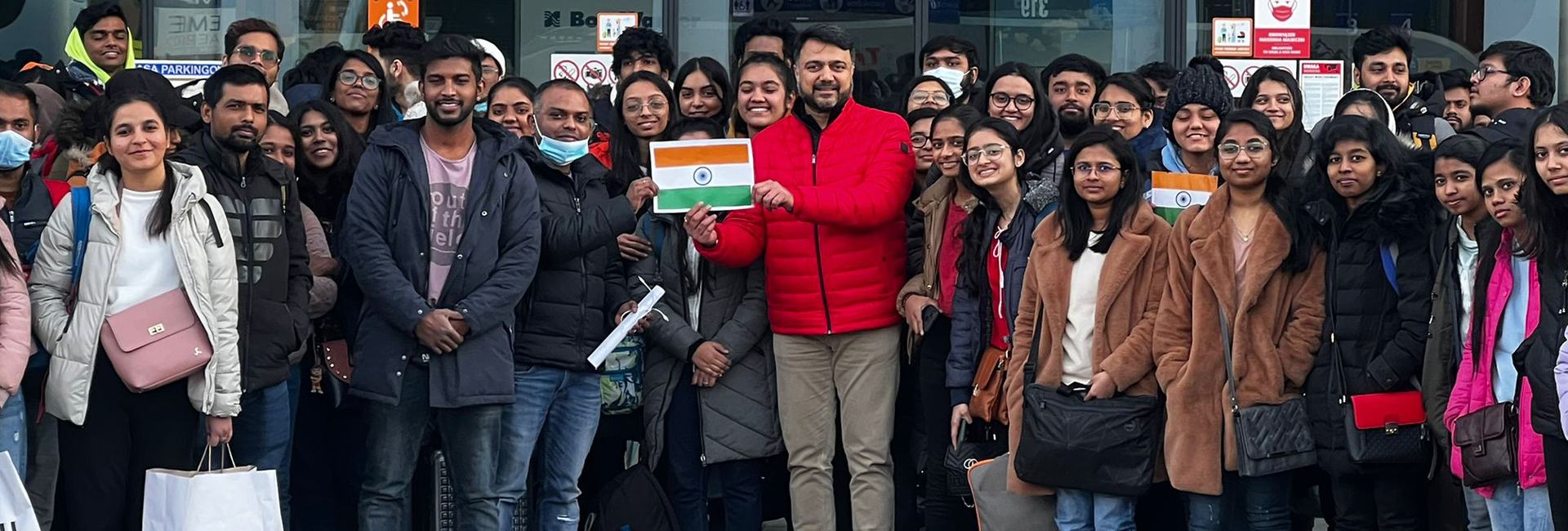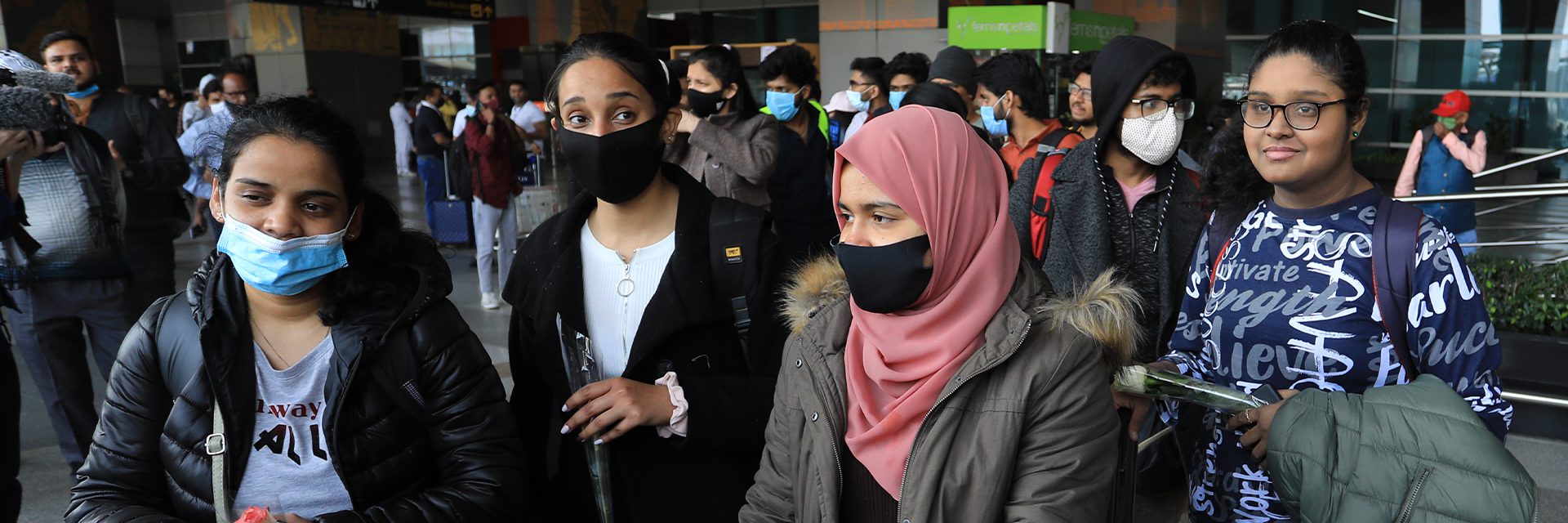(February 9, 2023) The world woke up to the dreadful news of a 7.8 magnitude earthquake striking the regions of Turkey and Syria in the wee hours of February 6. Claiming 8000 lives (and counting), it is one of the worst natural disasters hitting the country in the last decade. Rising to the occasion to help its friend, India has already sent an Army medical team, National Disaster Relief Force (NDRF) personnel, and medical supplies as part of the relief operations in Turkey.

Over four Indian Air Force C-17 Globemaster III flew just hours after the announcement of the disaster, carrying a field hospital to establish 30 bedded medical facility and a 45-member medical team including critical care specialists and surgeons. “The medical team comprises critical care specialist teams to include orthopaedic surgical team, general surgical specialist team, medical specialist teams apart from other medical teams,” the Indian Army said in a statement, informing about its relief operations in Turkey and Syria.
However, this is not the first time India has stood up to help a friend in need. Over the last two decades, teams of trained professionals from India have carried out several disaster relief operations and emerged as saviours during such emergencies. Global Indian takes a look at some of the major humanitarian responses undertaken by the Indian military and National Disaster Response Force in various countries across the world.
Operation Maitri: 2015 Nepal earthquakes
Counted as one of the worst Himalayan disasters in the past few decades, the Nepal earthquake claimed over 9000 lives in the country. As soon as the news broke out, the Government of India and Indian armed forces immediately launched a rescue and relief Operation Maitri on April 25, 2015. A total of 450 personnel, along with several search and rescue dogs were dispatched to Nepal on the same day, besides ten Indian Air Force planes carrying 43 tons of relief material, including tents and food. Eight Mi-17 helicopters took on the skies of Nepal for air-dropping relief materials to the citizens.
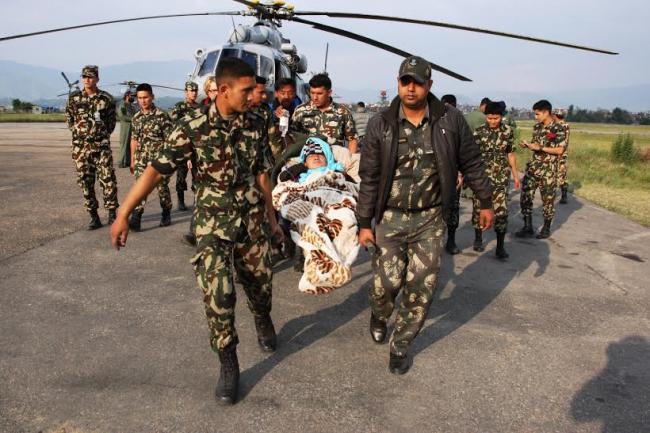
In just two days, the Indian Army managed to rescue about 2000 people from various remote areas of Nepal and bring them to India for advanced medical assistance. A 41-member medical team, along with medical supplies, was sent to Nepal from Rajasthan. On April 28, the Sashastra Seema Bal dispatched over three dozen vehicles, including ambulances and water tankers to Nepal from its border camps and further dispatched 220 tons of food packets and dry rations for the victims.
Operation Onagawa: 2011 Japan Tsunami
On its first overseas deployment, the National Disaster Response Force (NDRF) arranged for a 46-member team that effectively engaged in search and rescue in the town of Onagawa. Comprising a team of doctor, three officers, six inspectors, two paramedics, and constables, it also carried 9,000 kg of equipment and food. With no electricity and water, the team stayed in challenging conditions, opposite a stadium where the dead were placed. About 85 percent of the buildings in Onagawa were swept away by a 14.8m high tsunami, and more than 800 people lost their lives.
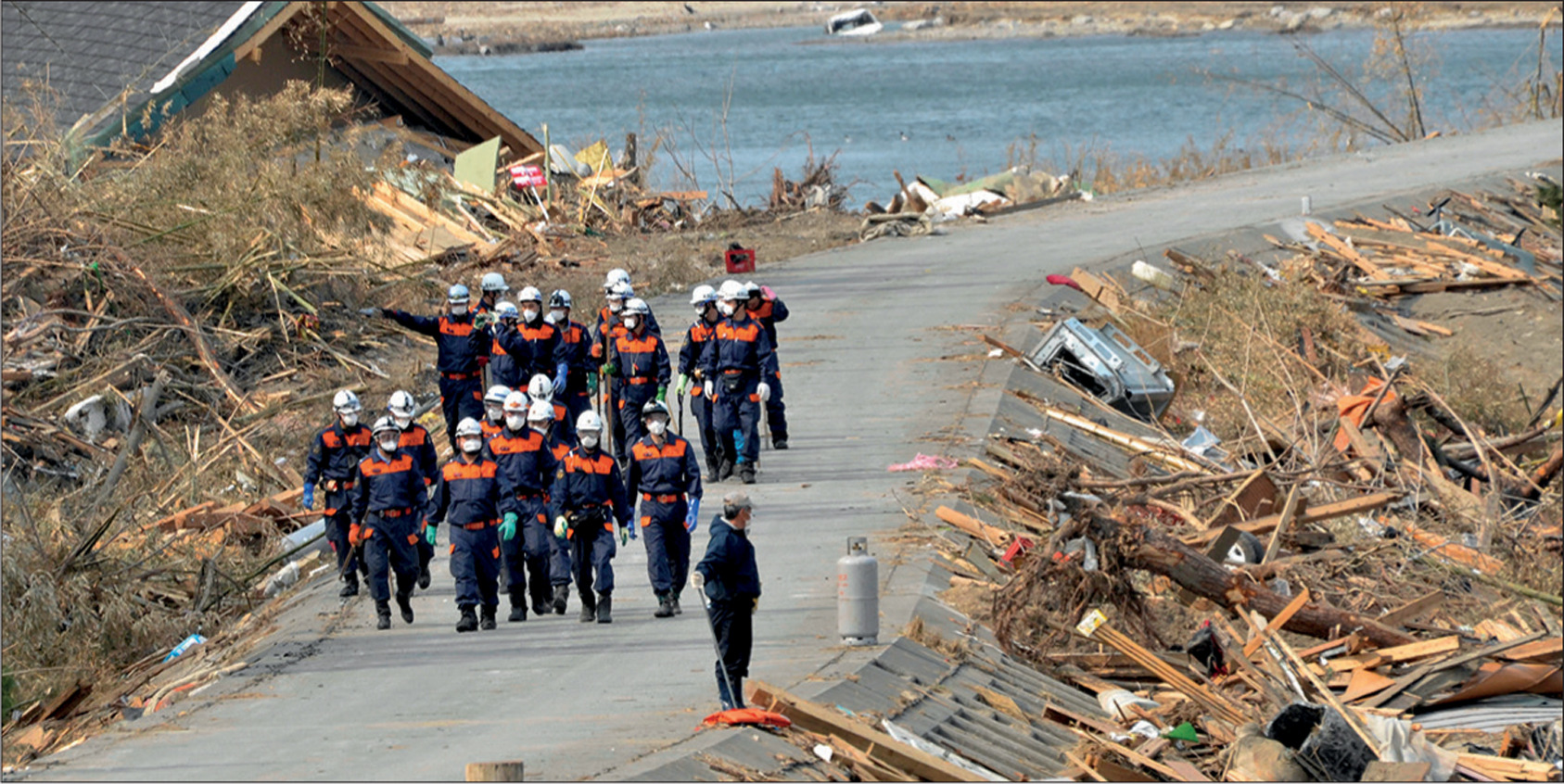
A few days after his nation was able to stand on its feet, Japanese Emperor Akihito and Empress Michiko personally thanked the NDRF and met Commandant Alok Avasthy to express their gratitude for his team’s contribution towards the rescue operations after the tsunami hit the country.
Operation Haiyan: 2013 Philippines
In a display of solidarity with the Philippines, the Indian military undertook the operation to take relief packages including medicines, hygiene and chemicals, tents, blankets, tarpaulins, and ready-to-eat meals by an IAF C-130 aircraft to Mactan in 2013. Hit by typhoon Haiyan, the Philippines recorded at least 6,300 deaths and 800,000 displaced people.

Soon after the first IAF aircraft returned home after the relief operations, 15 tonnes of material was sent to the Philippines to further supplement the effort and provide additional relief, through an Indian Naval Ship.
Operation Nargis: 2008 Myanmar cyclone
Known to be one of the most severe cyclones to hit any Southeast Asian coasts, Nargis caused the worst natural disaster in the recorded history of Myanmar in May 2008, claiming over two lakh lives. The Indian government launched a relief operations on the same day as the cyclone landed in Myanmar, and sent two Indian Navy ships with more than 100 tonnes of material and two Indian Air Force aircraft carrying four tonnes of relief supplies each.
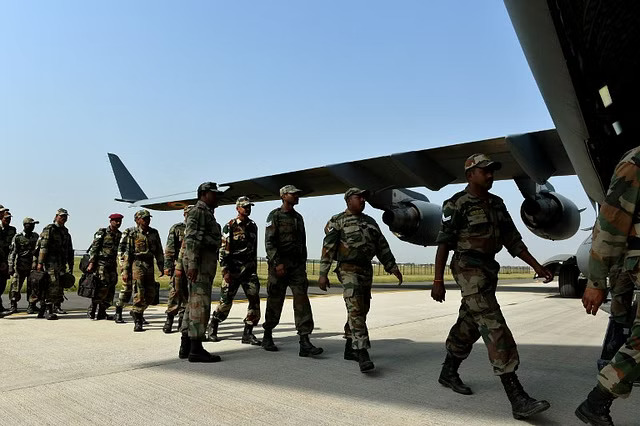
On 8 May, the IAF dispatched its third air consignment carrying over 32 tonnes of relief material including tents, blankets, and medicines. A week after the disaster, India sent a team of 50 medical personnel to set up two independent mini-hospitals in the Irrawaddy delta.
Operations Castor and Rainbow: 2004 Indian Ocean Tsunami
While the country was dealing with several fatalities itself, the Indian military launched relief Operations Castor and Rainbow to help the citizens of Maldives and Sri Lanka after the countries were hit by the great Tsunami in 2004. Three Indian naval vessels – INS Mysore, INS Udayagirir, and INS Aditya – armed with rescue helicopters, water purification plants and medical teams, supplies, and equipment were sent to Male on December 26, 2004 – the same day of the natural disaster.
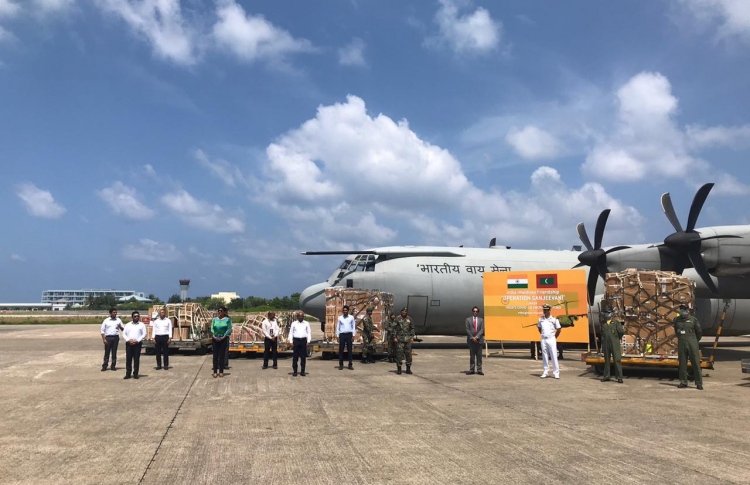
On December 27, Indian Naval Services launched Operation Rainbow and helped the Sri Lankan authorities search and rescue the fishermen and boats lost at sea. IAF also arranged for a Dornier aircraft to send a medical team along with 600 kg of supplies, including medicines, food, and hygiene products as part of the relief operations.

